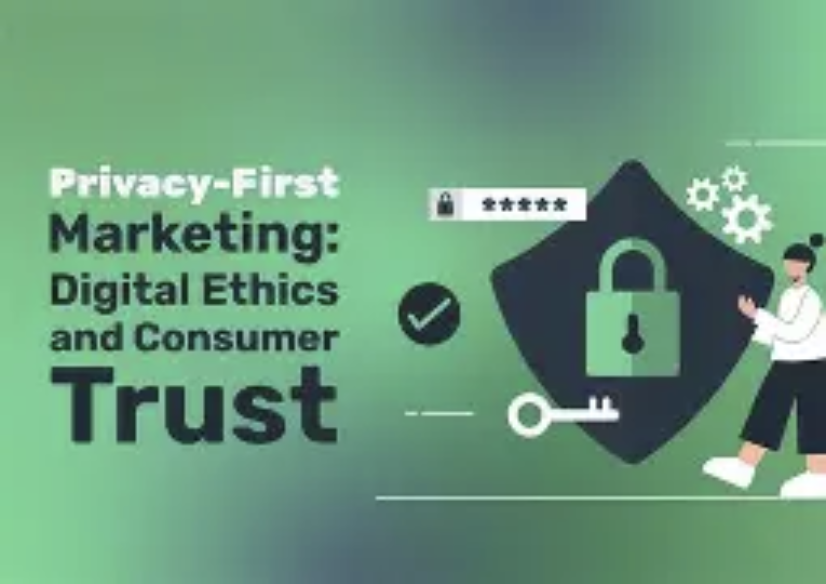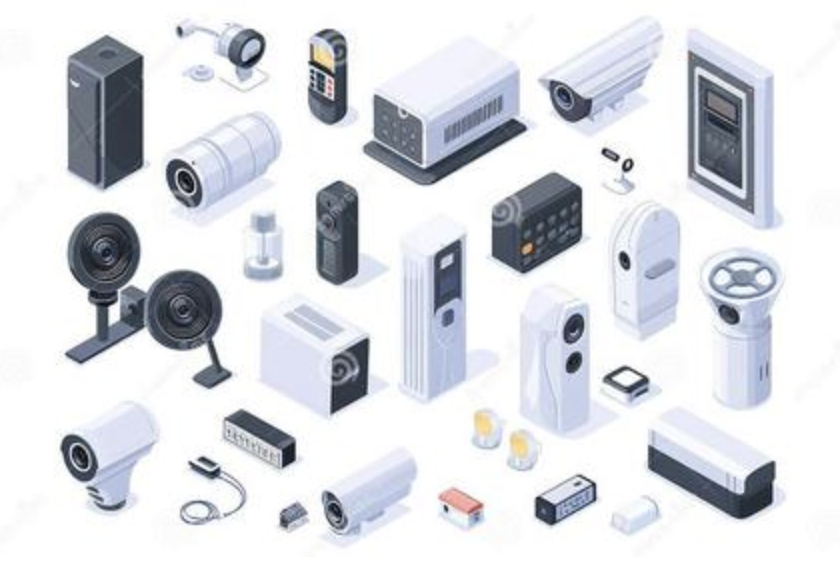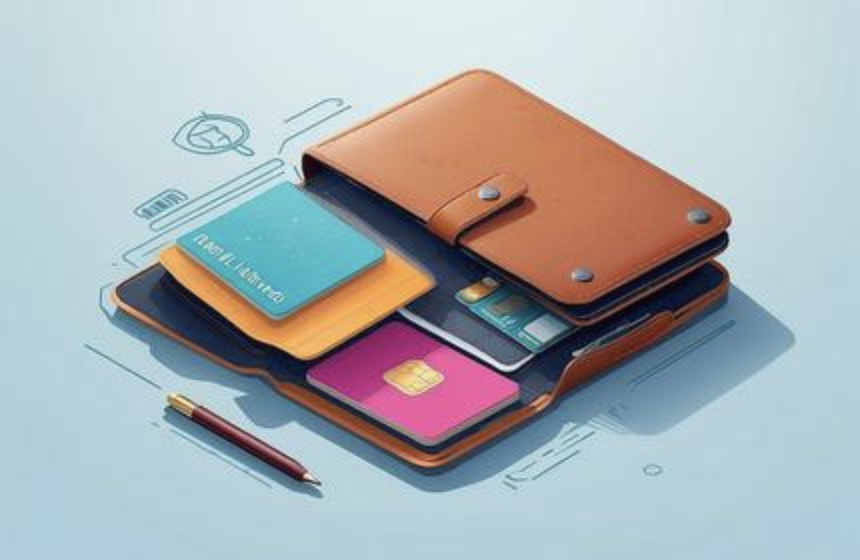In the quiet town of Harlow, Essex, a classroom at Markfield School was buzzing not with the usual chatter of students, but with the soft clicking of keyboards and the occasional rustle of virtual reality (VR) headsets. Here, teacher Sarah Williams was guiding her students through an immersive history lesson set in ancient Rome. What made this class remarkable wasn't the VR technology itself, but how it was being used. The students weren't just passive observers; they were participants in a meticulously crafted simulation where their decisions, from political alliances to architectural choices, directly affected the outcome of their virtual empire.
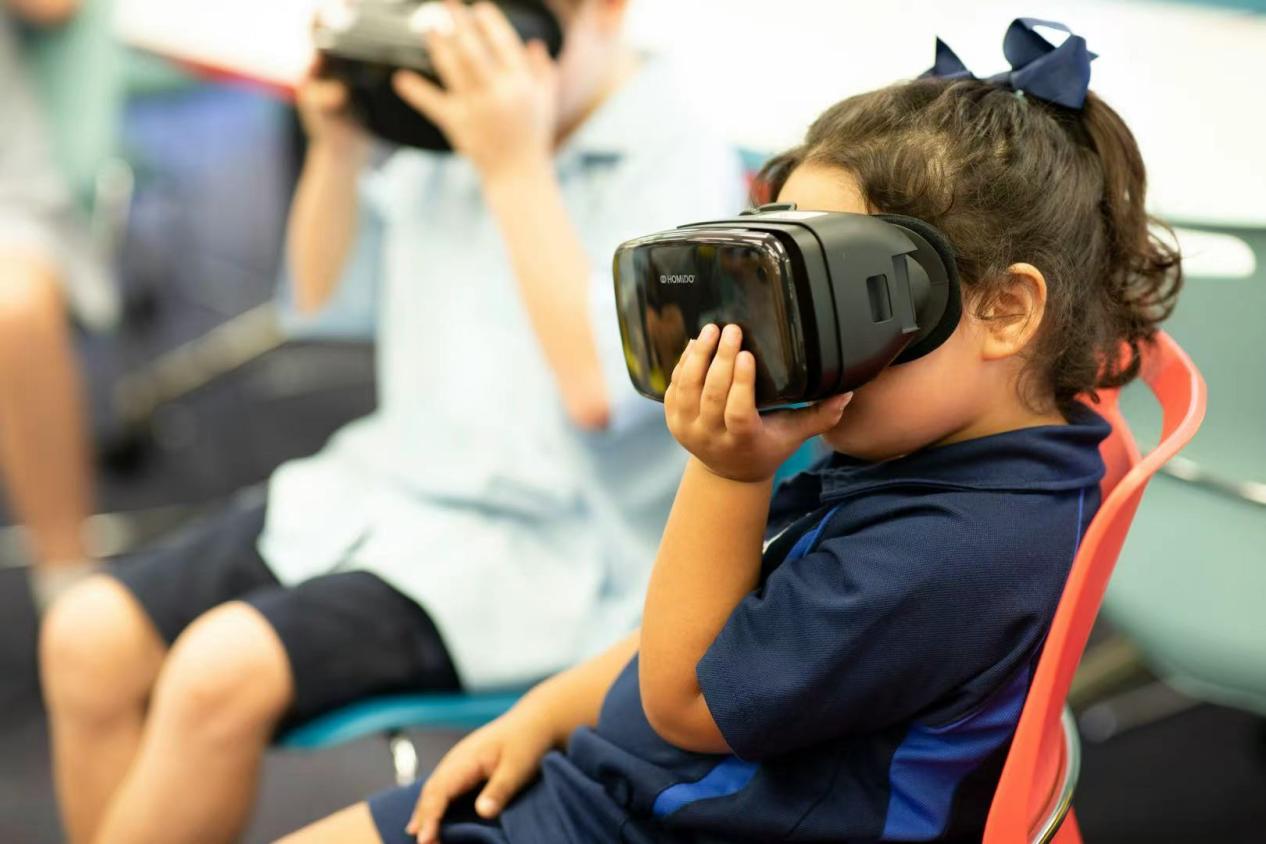
This was no ordinary educational software. Developed by EduSim Ltd., the program employed adaptive algorithms that assessed each student's decision - making style, learning pace, and knowledge retention in real - time. As student Jasmine Rodriguez skillfully navigated a Senate debate simulation, the system detected her strong analytical thinking but noted difficulties with Latin terminology. Within minutes, the narrative shifted to include a subplot involving code - breaking that reinforced vocabulary through practical application. The result? Jasmine's Latin proficiency improved by 34% over the course of the term, while her critical thinking scores soared by 41%.
Across the Atlantic, a different kind of educational revolution was taking place at the Brooklyn Institute of Music. Jazz instructor Marcus Chen was using a neural interface device called "Harmony Link" with his advanced students. As they improvised on their instruments, Harmony Link monitored their brainwave patterns and cardiac rhythms through non - invasive sensors embedded in the headbands. The device didn't just record their performance; it analyzed the neurocorrelates of creative expression.
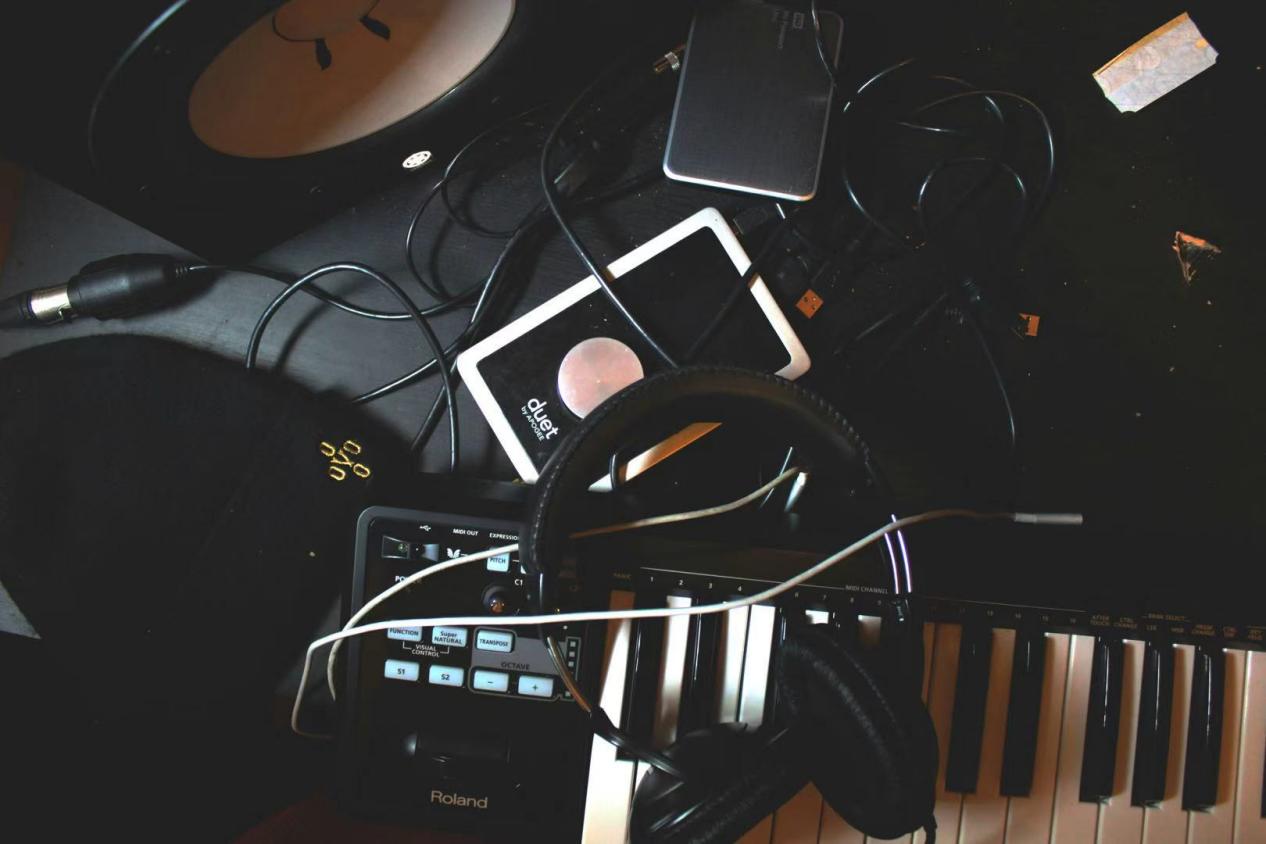
When student Alejandro Martinez hit a creative block during a saxophone solo, HarmonyLink detected the telltale signs of excessive beta wave activity — a marker of over - analysis. The system responded by subtly altering the ambient lighting in the practice room and introducing a background drone frequency at 41.5 Hz, a frequency shown to promote alpha wave production associated with creative flow states. Within minutes, Alejandro's playing transformed. What emerged wasn't just technically proficient improvisation but a piece so emotionally resonant that the usually stoic Marcus found himself moved to spontaneous applause.
The most surprising application of technology in education might be found not in classrooms but in the unlikeliest of places: the school cafeteria. At Oakridge Academy in suburban Chicago, nutritionist Dr. Emily Carter had implemented a system called "Nutri Mind". Using computer - vision technology mounted above the serving counters, the system recognized which food items students selected and cross - referenced this data with academic performance metrics and attention span assessments collected throughout the day.
What Nutri Mind revealed was nothing short of startling. Students who consistently chose meals high in omega - 3 fatty acids and complex carbohydrates exhibited 27% better retention of information presented during afternoon classes. More intriguingly, the system identified a correlation between the color variety of a student's lunch tray and their creativity scores in art and writing classes. When the cafeteria introduced "rainbow lunch challenges" encouraging students to select foods representing different colors of the spectrum, art teachers reported a 38% increase in the complexity and innovation of student projects.
In rural Kenya, technology was addressing one of education's most persistent challenges: teacher shortages. The "Virtual Masterclass" initiative, developed by a coalition of African tech firms, deployed holographic projectors in under - staffed schools. These weren't simple video recordings. Using natural language processing and computer vision, the holographic teachers could answer questions, adapt explanations to individual student confusion points, and even call on students for participation based on real - time analysis of their engagement levels.
During a mathematics lesson at Kimbombo Primary School, holographic instructor Professor Amina Kwame detected through eye - tracking technology that student Jamila Hassan was struggling with the concept of fractions. While maintaining the lesson's flow for the rest of the class, Professor Kwame sent a discreet tablet message to Jamila with an interactive fraction puzzle featuring culturally relevant examples from maize distribution in local markets. By the end of the lesson, Jamila had not only mastered the concept but eagerly shared her solution with the class, an act of participation her teacher noted was unprecedented.

These technological interventions aren't merely enhancing education as we know it; they're redefining its very boundaries. They're transforming classrooms from static knowledge - transfer spaces into dynamic ecosystems where learning adapts to the biological, emotional, and cultural rhythms of students. As these technologies continue to evolve, we stand at the threshold of an educational paradigm where the tools of learning aren't just aids but active collaborators in a student's journey of discovery. The future of education isn't simply technologically enhanced - it's becoming a sophisticated dance between human potential and machine - enabled possibility, where every student finds their unique path illuminated by the careful orchestration of ones and zeros.
